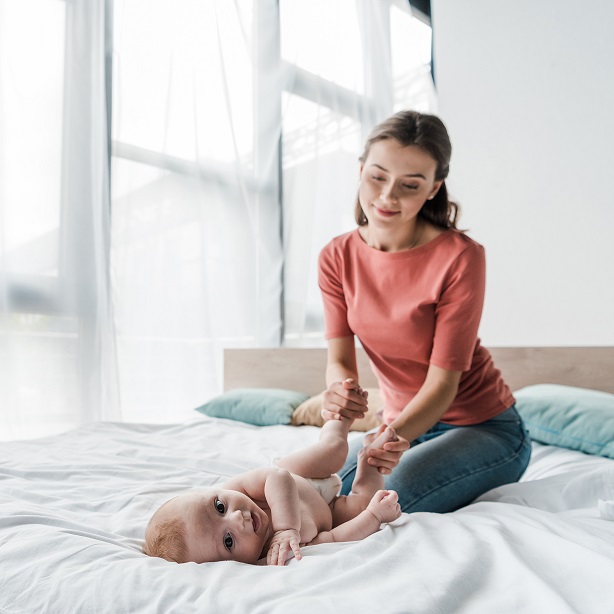
10 Baby Crib Safety Tips Every Parent Should Know
10 Baby Crib Safety Tips Every Parent Should Know
Ensuring your baby sleeps safely is one of the most important responsibilities for new parents. Cribs are designed to provide a secure sleeping environment, but improper use or outdated practices can pose serious risks. Following essential safety guidelines can help prevent accidents such as suffocation, strangulation, or falls. Here are 10 crucial crib safety tips every parent should know to create a safe sleep space for their little one.
1. Choose a Crib That Meets Current Safety Standards
Always select a crib that meets the latest U.S. Consumer Product Safety Commission (CPSC) standards. Cribs manufactured after June 2011 adhere to updated safety regulations, including stronger mattress supports, more durable slats, and a ban on drop-side rails. Verify that the crib has a label certifying compliance with these standards to ensure your baby’s safety.
2. Use a Firm, Snug-Fitting Mattress
A firm mattress provides essential support and reduces the risk of suffocation. Ensure the mattress fits snugly inside the crib, leaving no gaps larger than two fingers between the mattress and the crib frame. Avoid using soft bedding, such as memory foam pads, as they increase the risk of Sudden Infant Death Syndrome (SIDS).
3. Keep the Crib Bare
The safest crib is a simple one. Avoid placing pillows, blankets, stuffed animals, or bumpers inside the crib. These items can obstruct breathing or cause overheating, both of which increase the risk of SIDS. Instead, use a fitted sheet designed specifically for your crib mattress.
4. Position the Crib Away from Hazards
Place the crib away from windows, cords, and wall hangings. Cords from blinds or curtains can pose a strangulation hazard, while wall decor or shelves may fall into the crib. Keep the crib area clear to prevent accidents.
5. Adjust the Mattress Height as Your Baby Grows
Lower the mattress to the lowest setting as soon as your baby can pull themselves up or stand. Babies can quickly become climbers, and a crib set too high increases the risk of falls.
6. Inspect the Crib Regularly for Damage
Regularly check for loose screws, cracked slats, or chipped paint. Tighten any loose hardware immediately and ensure there are no sharp edges or splinters. A well-maintained crib offers a secure and stable sleeping environment.
7. Avoid Secondhand Cribs Without Proper Safety Checks
If using a secondhand crib, confirm it meets current safety standards and has no recalls. Inspect it thoroughly for stability, and ensure it includes all original parts and instructions. Avoid cribs with drop-side rails, which are banned due to safety concerns.
8. Use Sleep Sacks Instead of Blankets
To keep your baby warm without risking suffocation, use wearable blankets or sleep sacks. They are designed to maintain warmth while keeping the crib free of loose bedding. Choose breathable fabrics appropriate for the room’s temperature.
9. Follow Safe Sleep Practices
Always place your baby on their back to sleep, as recommended by the American Academy of Pediatrics (AAP). Back sleeping significantly reduces the risk of SIDS. Additionally, share a room with your baby for at least the first six months, but let them sleep in their own crib, not in your bed.
10. Be Mindful of Crib Accessories
Avoid using crib tents, inclined sleepers, or positioners, which are unsafe and have been linked to injuries and deaths. Stick to the basics—a firm mattress, fitted sheet, and properly assembled crib—without additional accessories.
Conclusion
Creating a safe sleep environment for your baby is essential for their well-being and your peace of mind. By following these crib safety tips, you minimize potential risks and promote healthy sleep habits. Regularly inspect the crib, adhere to current safety standards, and keep the sleep area simple and hazard-free. With these precautions, your baby can rest safely while you enjoy the peace of mind that comes with knowing they are protected.
